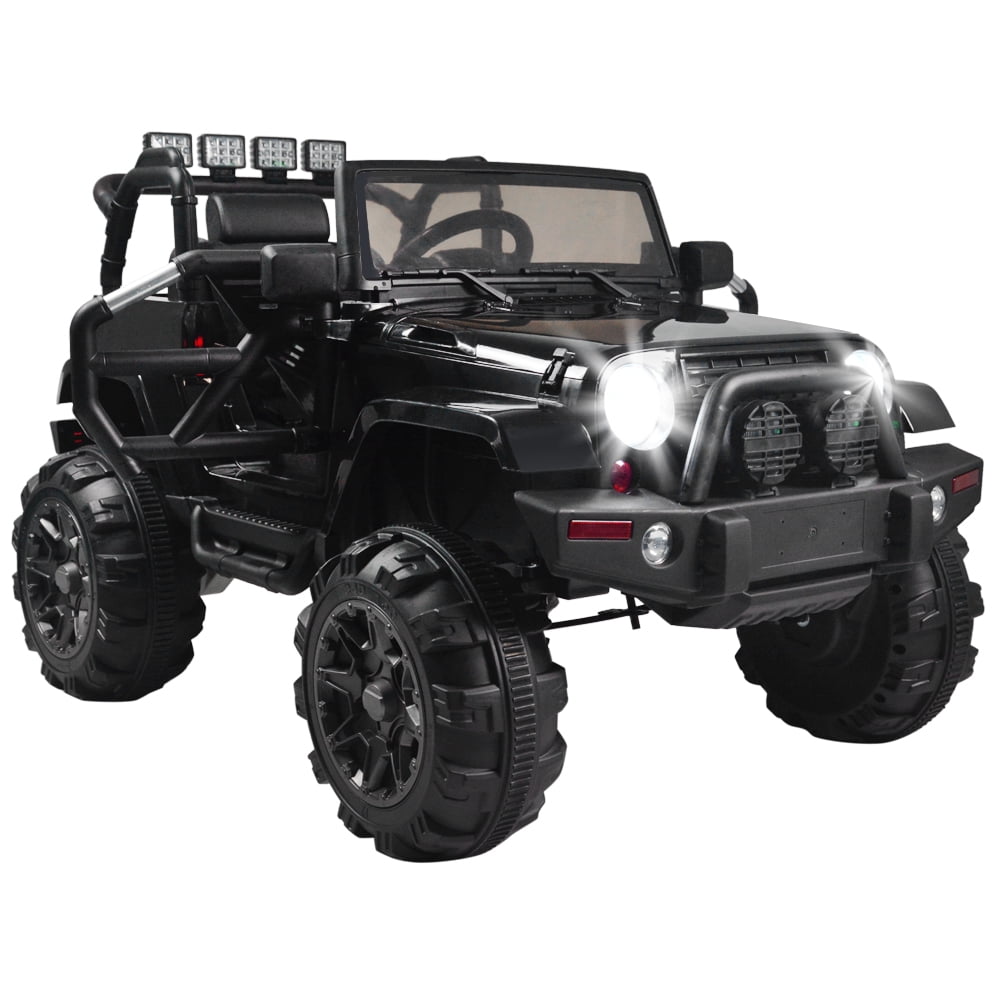

Here's some things to try (in no particular order):ġ. The only proper way to do this is with a Soft-Start Lithium Module. Adding a voltage regulator will not change the discharge rate. It's like the analogy we gave above but the residents all think they're Mario Andretti. Lithium power tool batteries have a much higher discharge amperage rating and can cause fuses to blow and other problems. Ride-ons are designed for SLA style batteries.
Fortunately shifter switches and foot pedal switches are cheap and easy to replace so don't sweat it. As the switches age their ability to handle increased loads lessens. In good condition a Power Wheel's wiring can easily handle 24 volts of power and 775 size motors. It can also occur in any connector you've added into the system. This most commonly occurs in places electricity has to make a "turn" such as shifter and foot pedal switches. Like having a section of road that narrows on a busy highway. If at any point along your highway (wiring) there is an inefficient area the amperage overflows and the fuse/breaker pops as a safety. When you use faster motors (build a bigger arena) or increase the voltage (build more houses) you increase the traffic flow (amp flow). Your motors are a sports stadium and your battery is the residents. Voltage is the number of cars driving and amperage is the speed they move. Think of volts and amps as being a highway system.
POWER WHEELS JEEP 24 VOLT UPGRADE
We recommend using a 40 amp fuse or a self-resetting breaker as soon as you upgrade either the battery or motors. Increasing the voltage or installing faster motors also increases the amp flow. The fuse/breaker in your car is designed to work with the maximum allowable amperage flow for stock motors and batteries. It's easy to think the new parts must be the faulty but that's almost never the case.

Sometimes when you upgrade your power wheels it starts blowing fuses or popping the breaker. Trouble Shooting Your Ride-on Car Car blows fuses or pops breakers:


 0 kommentar(er)
0 kommentar(er)
